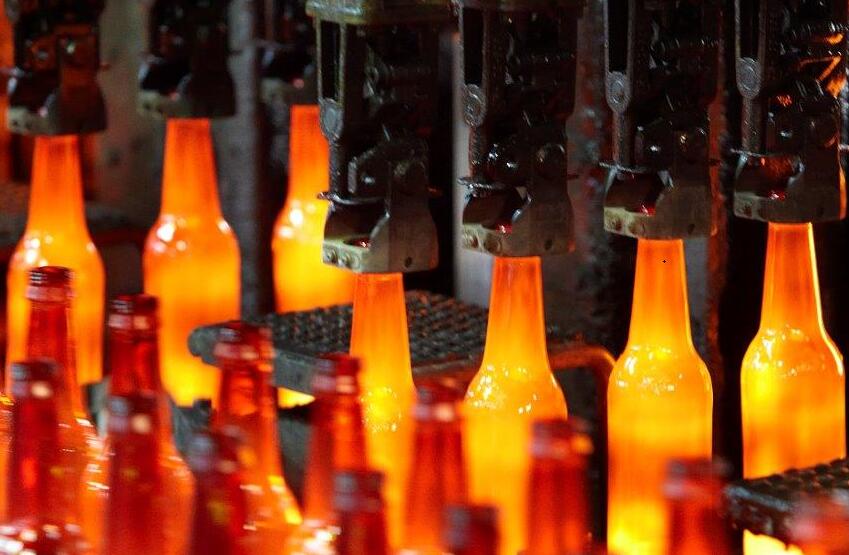Application of Molybdenum in the Glass Industry

Application of Molybdenum in the Glass Industry
The application of molybdenum in the glass industry is very broad due to its good mechanical properties, heat transfer properties, electrical properties, and non-coloring properties at high temperatures. In this article, let's take a closer look at the application of molybdenum products in the glass industry.
 Application of Molybdenum in the Glass Industry
Application of Molybdenum in the Glass Industry
Corrosion Resistance of Molybdenum
High-purity molybdenum metal products have good corrosion resistance in most glass liquids. Therefore, they can be used as materials for molybdenum metal protective covers that extend the life of glass furnaces.
The melting temperature of the glass is mostly between 1100 and 1700℃, which is usually the working temperature of the melting zone and the forehearth. Obviously, molybdenum, tungsten, and B60 tungsten-molybdenum alloy are the most suitable materials for direct use in glass industrial electrodes, stirring rod cores, and protective covers. Because tungsten is expensive and difficult to process, its application is limited, so molybdenum is the most commonly used material in the glass industry.
Through the test of a variety of different glasses at 1000~1700℃, it can be seen that the corrosion resistance of molybdenum metal far exceeds that of AZS refractories, and with the increase in temperature, its corrosion resistance is very stable. However, the corrosion resistance of AZS refractories is greatly reduced at high temperatures.
At high temperatures, the corrosion resistance of platinum is comparable to that of molybdenum. However, the melting point of platinum is 1772°C, while that of molybdenum is 2620°C. Therefore, the use of platinum is limited when producing high-temperature glass. The molybdenum crucible used to produce high-temperature glass such as quartz glass can work at a high temperature of 2000 ℃ for a long time. Another very important reason is that the price of platinum is almost 380 to 400 times that of molybdenum. The high price limits the wide application of platinum.
Creep Resistance of Molybdenum Alloy
Tungsten and molybdenum still have sufficient creep strength after the temperature exceeds 1300℃, while the rigidity of platinum is so low that it cannot maintain the shape of the whole part at about 1500℃. It can only rely on the rigidity of metal cores such as molybdenum and nickel. Platinum exhibits excellent plasticity and toughness at relatively low temperatures but becomes prone to brittleness at high temperatures, which is not conducive to thermal expansion and contraction or mechanical deformation.
Oxidation Properties of Molybdenum Alloys
Molybdenum has many excellent properties and is suitable for most glass-melting furnaces. But molybdenum will be oxidized very violently when the temperature is higher than 328℃, so the parts exposed to the air need to be protected from oxygen.
Conclusion
Thank you for reading our article and we hope it can help you have a better understanding of the application of molybdenum in the glass industry. If you want to learn more about molybdenum or other refractory metals, we would like to advise you to visit Advanced Refractory Metals (ARM) for more information.
Headquartered in Lake Forest, California, USA, Advanced Refractory Metals (ARM) is a leading manufacturer & supplier of refractory metals & alloys across the world. It provides customers with high-quality refractory metals & alloys such as molybdenum, niobium, tantalum, rhenium, tungsten, titanium, and zirconium at a very competitive price.
{{item.content}}
LEVE A REPLY
{{item.children[0].content}}
{{item.content}}






